Types of Mushrooms (Top 15 Edible Mushrooms)
Mushrooms are one of my very favorite ingredients for their versatility and nutrition. Here are the top 15 edible types of mushrooms to cook next.
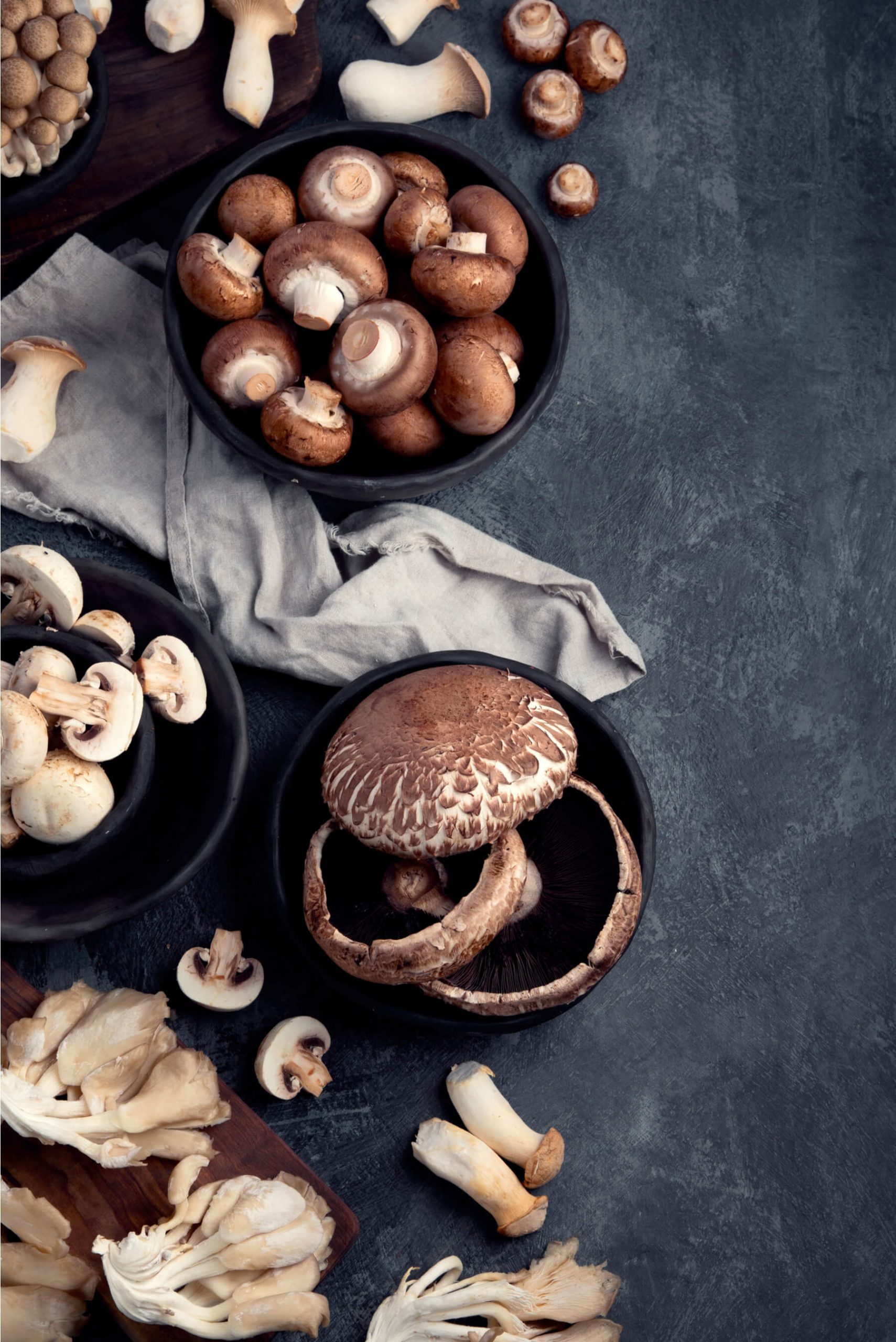
Mushrooms are sprouting up. The average American eats roughly three pounds of mushrooms every year.
This may sound excessive. Yet there are many types of mushrooms that a person can have.
What are the best mushrooms, and what are their flavors like? What are some choices if you want mushrooms as the base of your recipes? What should you select when you want to cook an Italian or Japanese meal?
Answer these questions and you can bring bold flavors to your kitchen table. Here are fifteen delicious types of mushrooms you can try out today.
1. Morel Mushrooms
Morel mushrooms are rare. They can only grow in the wild, so they are not common inside grocery stores. They tend to be very expensive, especially in the United States.
But the morel mushroom has an incredible punch. It has a nutty or earthy flavor reminiscent of walnuts.
It has an exterior akin to a honeycomb, which can make it very delicate. Yet it has a meaty texture inside the mouth. You can chew on it with minimal effort, but it will stay sturdy, making it a good ingredient in different recipes.
Morels are available during the spring. You should try to find ones that seem plump and moist. You can touch the mushrooms with your bare fingers to determine their qualities.
Clean the mushrooms with cold water before you cook with them. You should not eat them raw because they can cause stomach cramps, especially in people with digestive problems. Morels are great inside mushroom sauces for entrees.
2. Shiitake
The shiitake mushroom is what many people think of when they hear about edible mushrooms. They are native to East Asia, but they are available in most grocery stores.
Shiitakes are thin mushrooms with shriveled caps. This means that you will need to use a bunch of them in mushroom recipes.
Yet many recipes can accommodate them. They have an umami flavor that makes them taste savory. If you want a more intense flavor, you can find dried ones.
You can eat them with minimal preparation. Cut the caps off and discard the stems.
Mix some soy sauce with lime juice, sriracha, and sesame oil. Add some additional sesame oil to your skillet and saute the mushrooms for five minutes. When they are brown, combine them with your sauce and serve.
Shitakes are great in Asian-style dishes such as our Vegan Ramen, pictured above.
3. White Button
White button mushrooms are small, round, and white. They have a mild flavor that may seem watery or bland when you eat them raw.
But they can take on new qualities when you cook them. They can absorb oil and seasoning, and they can develop a good char.
You can use white button mushrooms in any way you would like. If you want to make a good mushroom pizza, you can use white buttons. You can put them on your pizza and have them cook on top, or you can sautee them in advance.
They are very versatile for Mexican dishes. I love adding diced button mushrooms to enchiladas.
Shittake mushrooms are more common for sandwiches. But you can saute some white buttons and add seasoning to them. You can then smear some pesto over whole-grain bread and put the mushrooms on top for a light sandwich.
4. Cremini
Cremini mushrooms are popular in the United States and Europe. They are small mushrooms with round tops. They are light brown, though their stems can seem gray.
You can find cremini mushrooms in most stores. Some locations call them “crimini mushrooms” or “baby Bella mushrooms.” These terms are interchangeable with “cremini mushrooms.”
Creminis are similar to white buttons in flavor. They may seem bland or watery if you eat them raw. But if you cook with them, you can unlock a lot of different flavors.
Consider adding creminis into a pasta sauce. You can steep some dried creminis inside vegetable broth, then you can mix the broth with other sauteed mushrooms. Stir in some flour until it gets thick, and then cook your sauce down so it becomes thicker. We use creminis in our Mushroom Risotto.
5. Portobello
Portobello mushrooms are mature button mushrooms. Farmers let them grow until they become thick and wide.
Their flavors are richer than those of button mushrooms. Yet they do not overpower seasoning or added ingredients. They can have a smoky flavor with a meaty texture that can fill you quickly.
Portobello mushrooms are ideal for grilled “steaks” or for making stuffed mushrooms. You can make lasagna stuffed portobello mushrooms in 30 minutes.
Cut the stems off and then spoon out the gills on the caps. Add a little marinara sauce into your caps and top them off with almond ricotta cheese.
You can then add some spinach and vegan mozzarella on top. Bake the stuffed mushrooms in the oven for 20 minutes. You can have the flavors of a meat lasagna without using beef or sausage.
For a special plant-based holiday entree, try our Portobello Mushroom Wellington!
6. Oyster
Oyster mushrooms are wild mushrooms. They are thin with gills that fan outward from their bodies. The name comes from their shape and color, which are akin to oyster shells.
They have a mild flavor, yet they can have a flowery or fishy odor. This odor can go away if you cook the mushrooms for long periods. If you would like to maintain it, you should keep your oysters whole and cook them only for a minute or so.
Oyster mushrooms are good choices if you want a fried dish. You can batter your mushrooms and then deep fry them until crispy like chicken nuggets!
When you want something healthier, you can make a mushroom toast. After roasting some oysters, you can spread some almond ricotta cheese on toast. You can then place the oysters on top with some lemon juice and microgreens.
7. Chestnut
Chestnut mushrooms are more mature than white buttons, but they are less mature than portobellos. This makes their flavors a little more prominent. If you find portobellos overpowering or too big, you can choose chestnut mushrooms instead.
Their name comes from their color. They are dark brown, reminiscent of roasted chestnuts. This makes them more presentable on a plate than white buttons.
You cannot use them in lieu of portobellos because they are smaller. Yet you can use them for any recipe that calls for white buttons. You can slice, dice, or cook them whole.
8. Porcini
Porcini mushrooms are the most common mushrooms in Italian and French cooking. You can find them in the United States, though the best ones are in Europe.
Porcini have brown caps with thick and pale stalks. Most are a few inches in length and width, meaning you may need several of them for a recipe. A pound of fresh ones can cost between $30 and $60, so you should buy them for a special occasion.
The caps are brittle, so they will fall apart if you soak them. You can remove any dirt on them using a moist paper towel.
Porcini have a nutty or earth flavor similar to other mushrooms. In the U.S., porcini mushrooms are usually found dried. Many risotto, pasta, and pan sauce recipes make use of them. You need to soak them in warm water, then saute them for a few minutes in order to cook them. Dried porcini mushrooms add a ton of flavor to recipes. Try them in our Mushroom Gravy.
9. Enoki
Enoki mushrooms are common in Japanese dishes. They are thin and stringy, meaning you must buy bunches of them. They are soft to the bite, though they are hard to eat raw.
Many Japanese soup recipes call for enoki mushrooms. You can cook them inside broth until they become soft. You can also incorporate them into ramen and sushi as a meat replacement.
10. Trumpet (King Oyster)
Trumpet mushrooms, also known as King Oyster or French Horn, are meaty with thick, wide stems. This type of mushroom is the largest in the oyster mushroom family. As you can see, each mushroom grows individually, whereas other oyster mushrooms (see number 6) grow in clusters.
The thickness of the stems makes them great for cutting crosswise. You can use the slices by grilling like chicken kabobs or even using them as Vegan Scallops!
11. Lion’s Mane
Lion’s Mane has gained popularity as a superfood in recent years. You can find it fresh at some farmer’s markets and stores like Whole Foods. It’s also available in supplement form – I like it best as a cozy elixir.
This mushroom shreds much like crab meat and is ideal for making the most delicious Vegan Crab Cakes.
12. Chantarelle
Chantarelle mushrooms are a specialty gourmet mushroom that’s in season from summer through fall, depending on your location. As one of the most popular mushroom varieties, some people love to go mushroom hunting and forage for their own chantarelles.
Funnel-shaped and typically golden in color, there are a few species of fungi that fall into the chantarelle category.
Due to the specific conditions required for growing chantarelles, they can be quite expensive, reaching over $200 per pound. This meaty wild mushroom variety is delicious sauteed and served on top of our Mushroom Farro Risotto.
13. Shimeji
Also known as Beech mushrooms, Shimeji is a tasty type of Japanese mushroom. They are easy to find in my supermarkets and are often found packaged in plastic.
While Shimeji mushrooms are bitter raw, the bitterness disappears when cooked. These small mushrooms with a traditional “mushroom” shape are delightful steamed with other vegetables or in stir fry.
14. Maitake (Hen of the Woods)
Maitake mushrooms are absolutely delicious in a variety of cuisines. They are easy to find in my grocery stores these days, and especially in Asian markets.
Hen of the Woods is an excellent replacement for chicken and is a wonderful addition to pasta dishes like this Wild Mushroom Pappardelle.
15. Giant PuffBall
As their name indicates, giant puffball mushrooms are large and round mushrooms. You can find them in forests, or you can buy them at grocery stores.
Make sure to find ones that are pure white. If you eat immature and brown mushrooms, you may have an upset stomach.
Giant puffballs are akin to tofu in that they absorb the flavors of recipes. They do not have a real flavor if you eat them raw.
You can use them similarly to portobello, or you can make thin slices and make a pizza with them. They also work a bit like tofu.
The 15 Best Types of Mushrooms
There are many types of mushrooms to choose from. Morels are expensive and delicate, yet they are great for sauces. Shiitakes work as good side dishes when you add sauces to them.
When you want mushrooms as the leading ingredient, you can get portobellos. You can stuff them with your favorite stuffings, including sauces and vegan cheeses.
If you want an Italian dish, you can get porcini mushrooms. Enoki mushrooms are great for Japanese dishes, including ramen and sushi.
My recommendation is to visit your local farmer’s market and look for a specialty mushroom grower.
Expand your horizons. At Yummy Mummy Kitchen, I help you find great vegan recipes. Read my guide to truffles today.
Types of Mushrooms + How to Cook Them
Mushrooms come in many different varieties. Here are 15 delicious edible types of mushrooms and a recipe for sauteed wild mushrooms.

Ingredients
- 1 pound wild mushrooms, such as cremini, shiitake, porcini, portobello, maitake, chantarelle
- 3 tablespoons extra virgin olive oil
- 1 shallot, minced
- 2 cloves garlic, minced
- sea salt to taste
- black pepper to taste
- 1/2 cup chopped Italian parsley
Instructions
- Clean the mushrooms with a damp paper towel or a clean sponge. Avoid rinsing mushrooms as they can get waterlogged. Remove the bottoms of stems.
- Cut large mushrooms into bite-sized pieces and leave small mushrooms whole or cut in half.
- Heat olive oil in a large skillet over low heat. Add the shallots and cook until softened, about 5 minutes. Add the mushrooms, and cook over medium heat, stirring often, until the mushrooms are tender, about 5 minutes.
- Stir in the garlic and cook for another minute or two longer. Sprinkle with parsley and add salt and pepper to taste if needed.
Notes
Types of Mushrooms to Try!
- Morel
- Shiitake
- White Button
- Cremini (Baby Bella)
- Portobello
- Oyster
- Chestnut
- Porcini
- Enoki
- Trumpet
- Lion's Mane
- Chantarelle
- Shimeji (Beech)
- Maitake
- Giant Puffball
Nutrition Information:
Yield: 3 Serving Size: 1/3Amount Per Serving: Calories: 199Total Fat: 14gSaturated Fat: 2gTrans Fat: 0gUnsaturated Fat: 12gCholesterol: 0mgSodium: 717mgCarbohydrates: 18gFiber: 6gSugar: 5gProtein: 5g
Nutrition information is automatically calculated by Nutritionix. I am not a nutritionist and cannot guarantee accuracy. If your health depends on nutrition information, please calculate again with your favorite calculator.
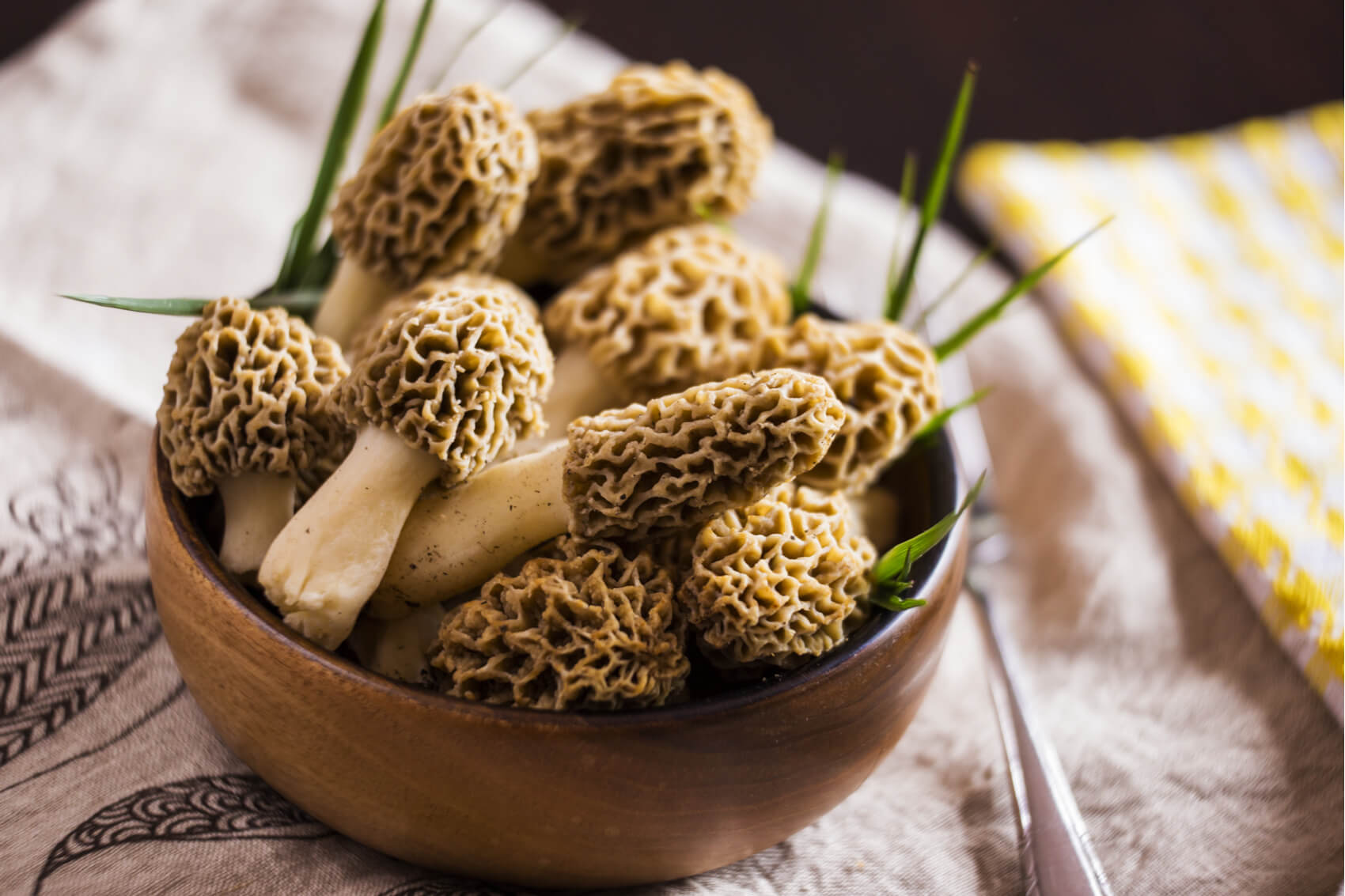



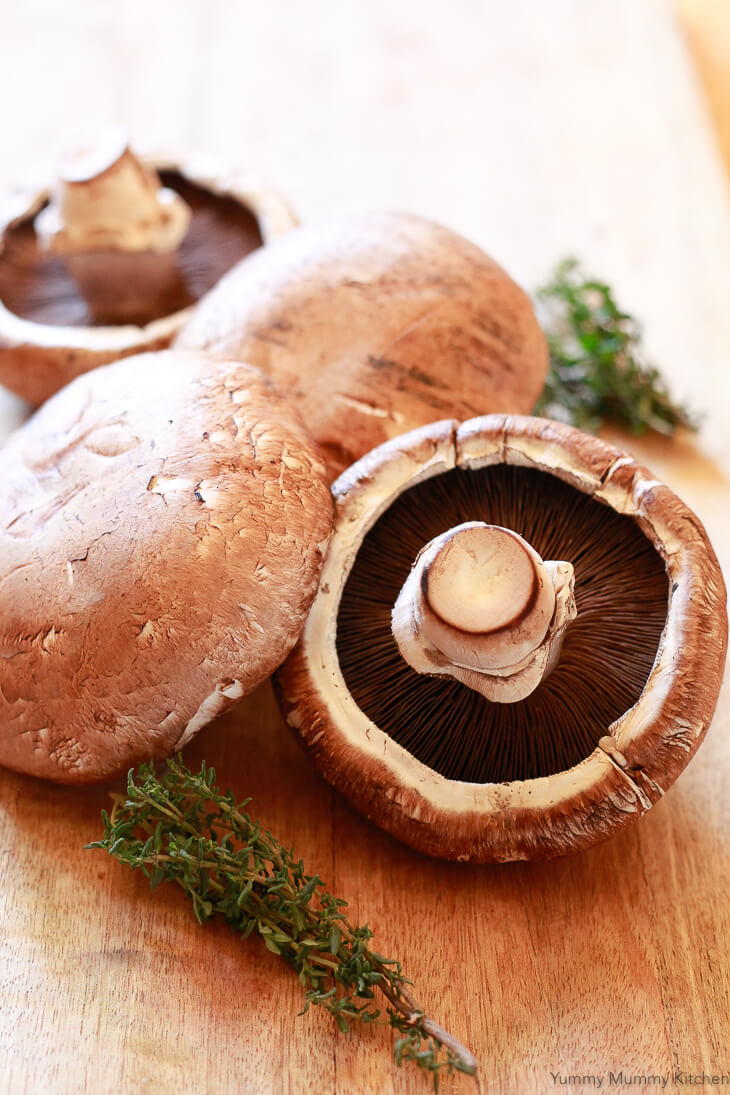
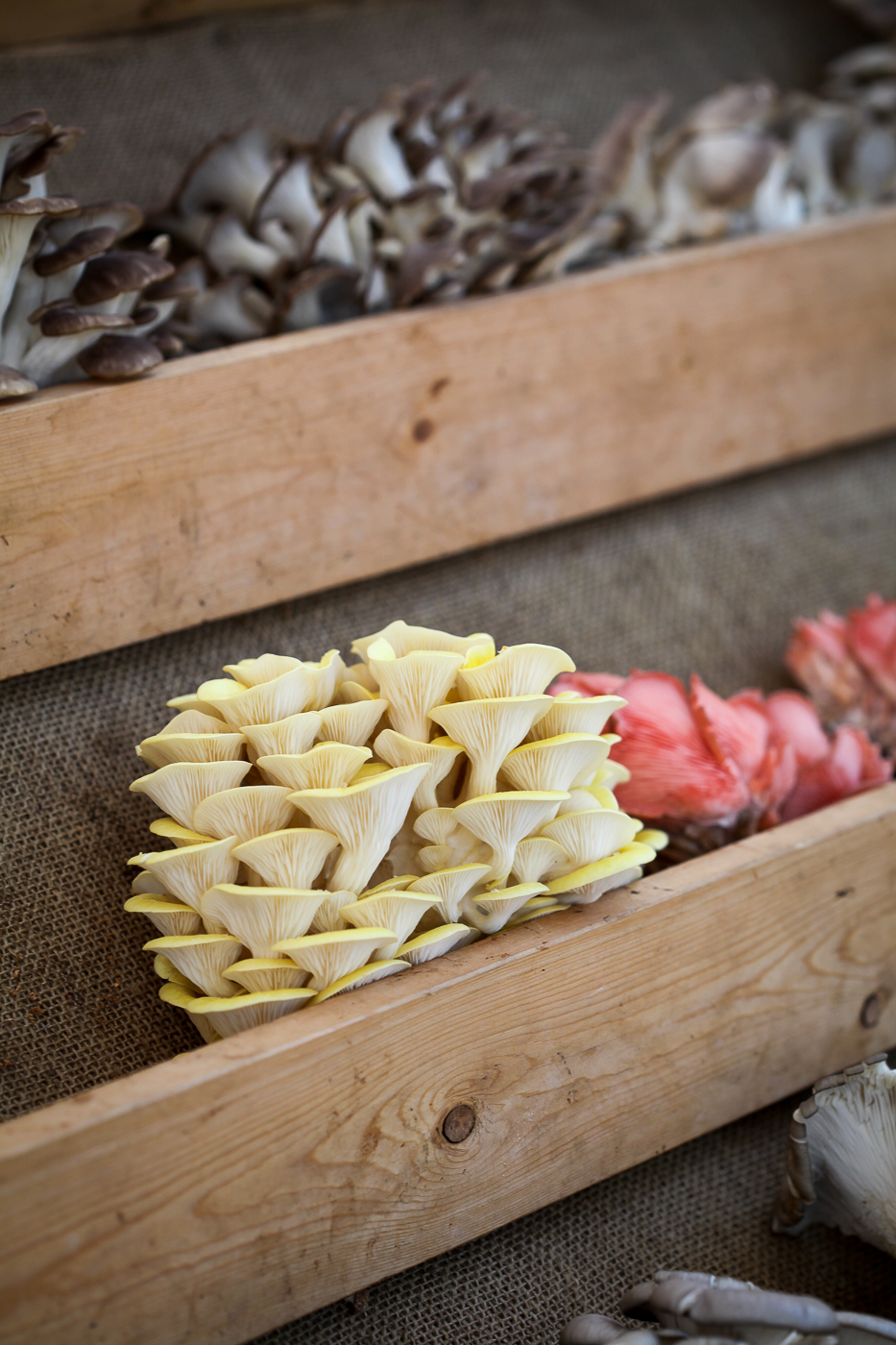

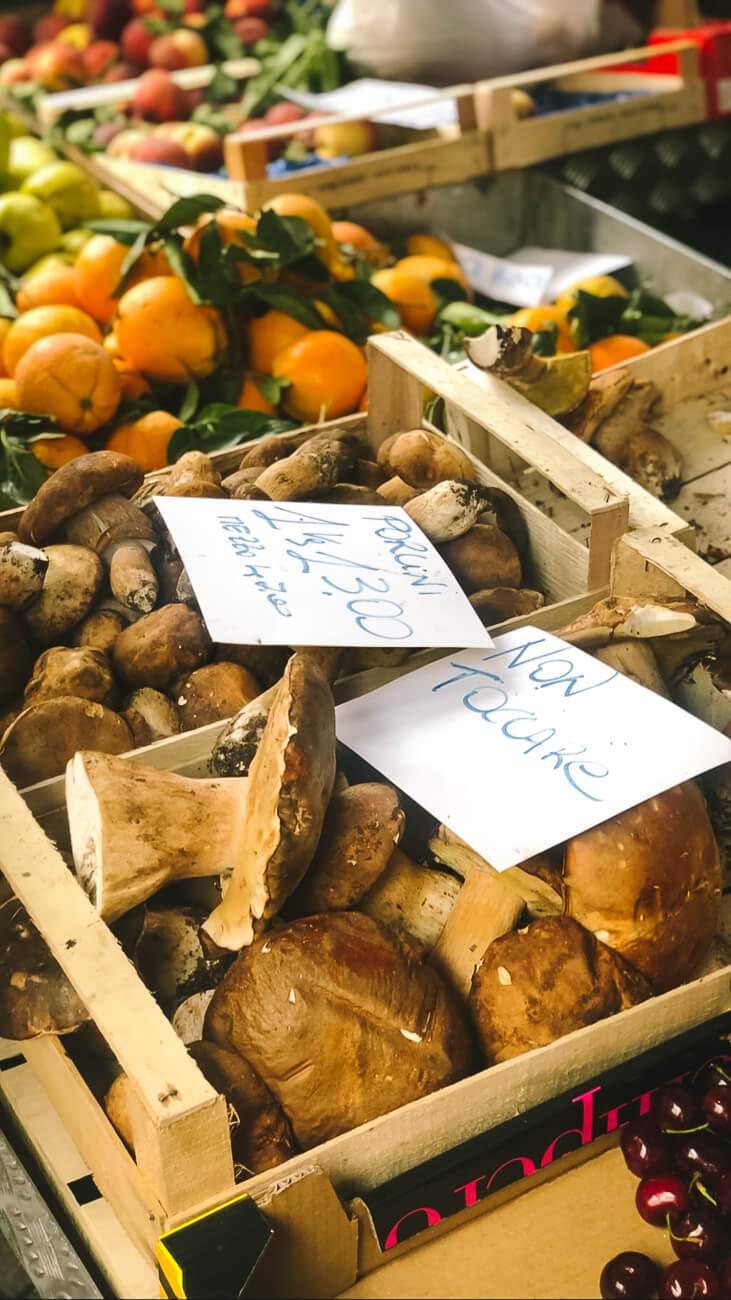


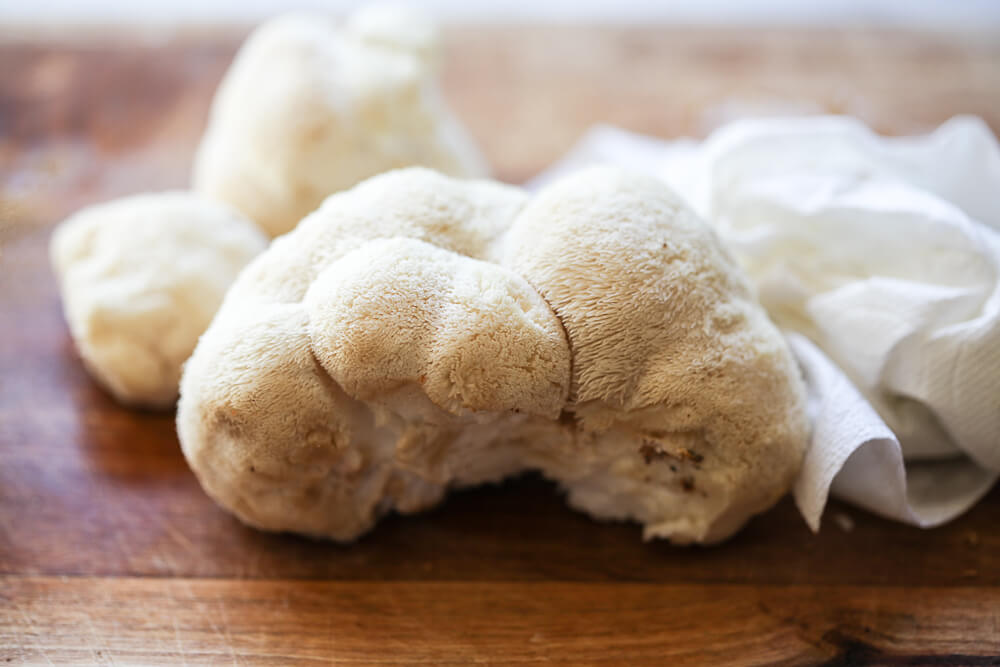
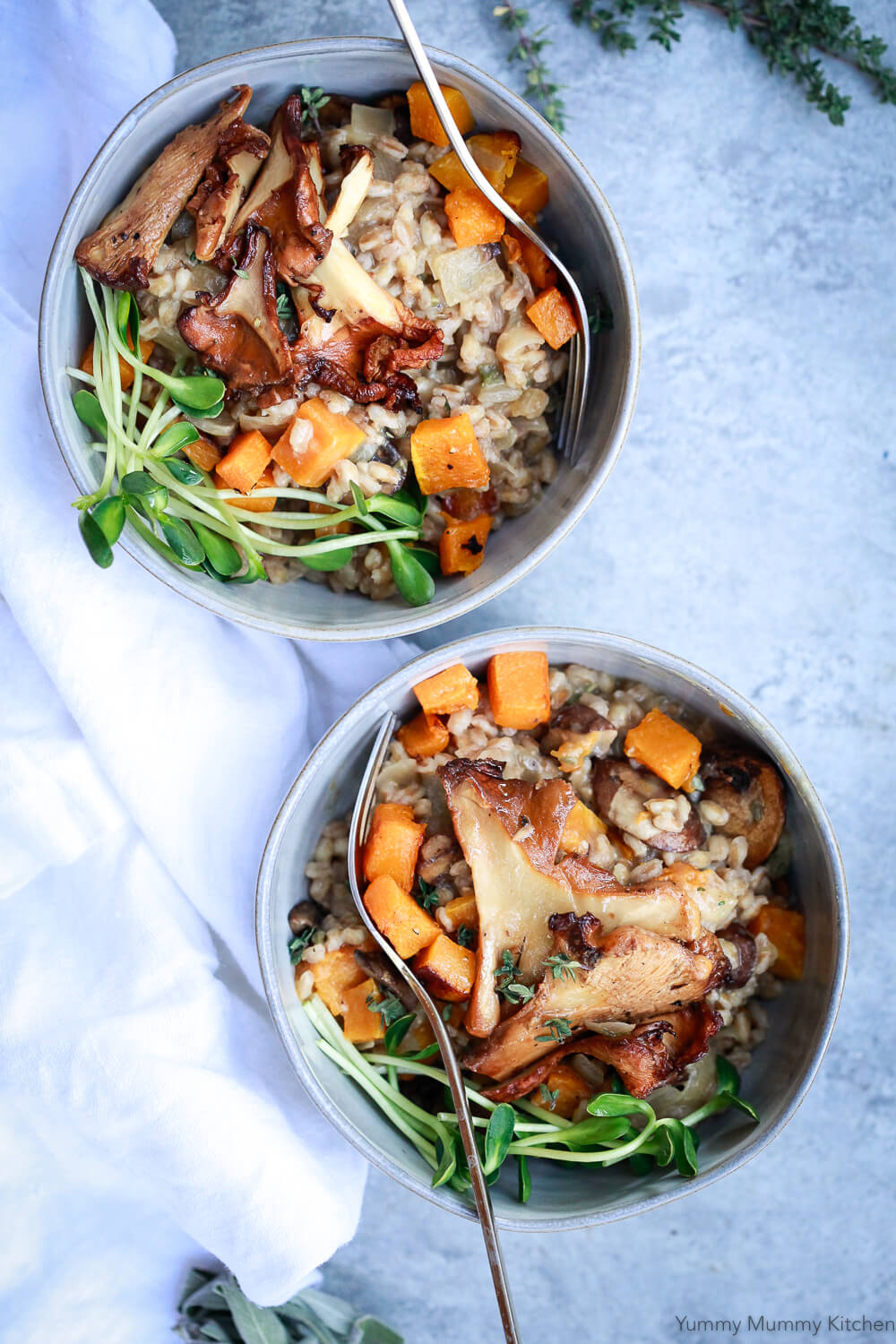
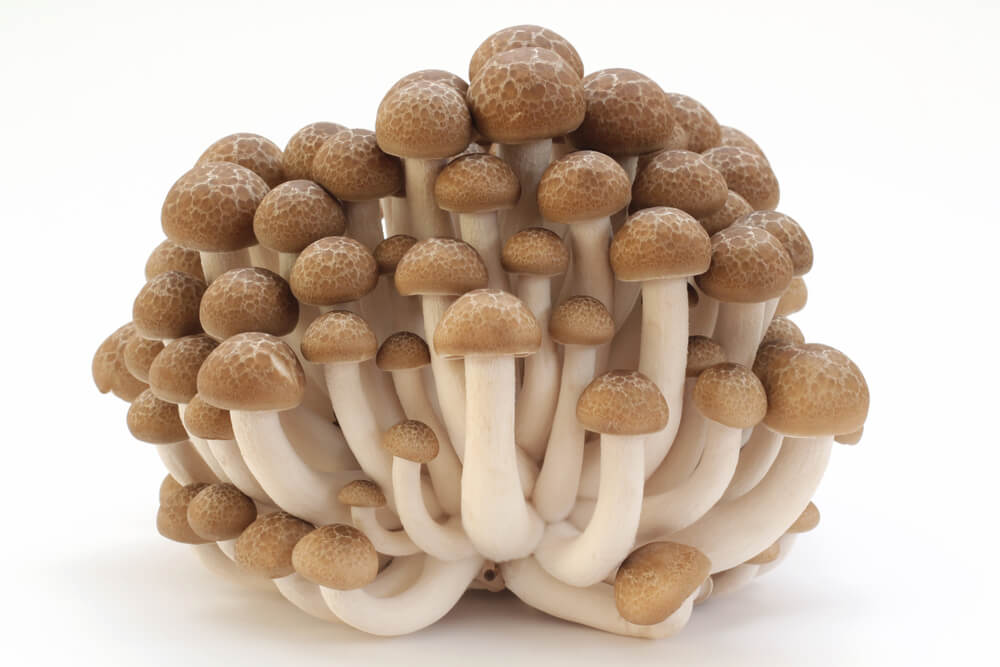
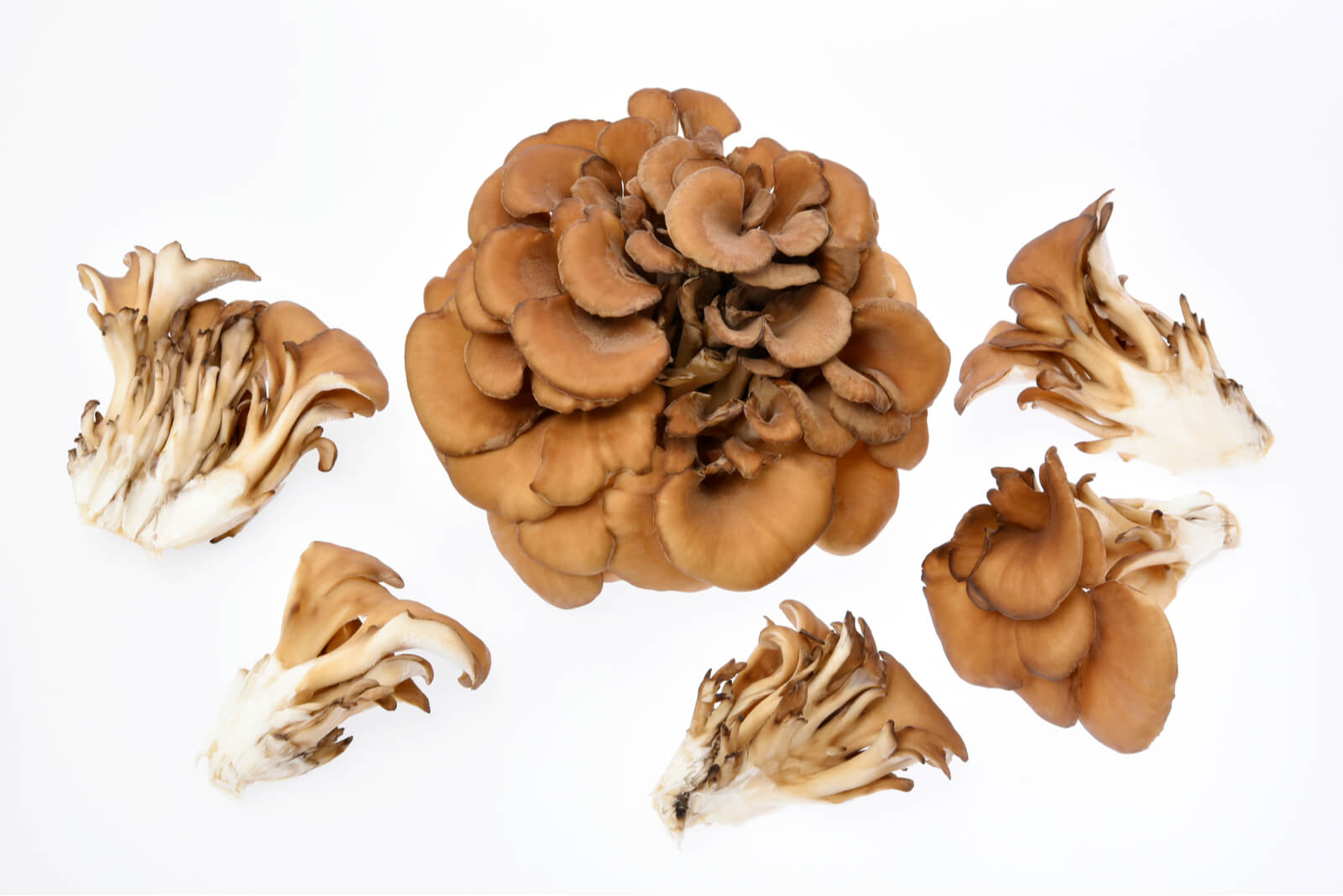






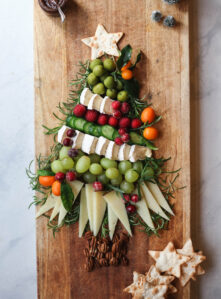
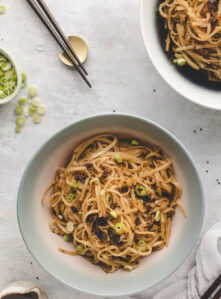
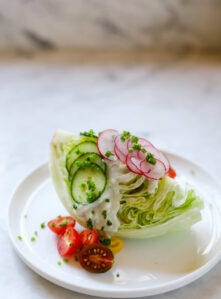

love this Dish of mushroom. Thanks for the recipe.
I want to make a purchase on some of your products,but I don’t place orders online. Can I email my order needed then you can give me a quote here and make charges to my cards.
-Can you ship to Barbados ?
-Do you accept a credit card?
-What is the delivery time?
Pls Clarify. Looking forward to your swift response then we can proceed further as soon as possible.
Regards
Ray Wright